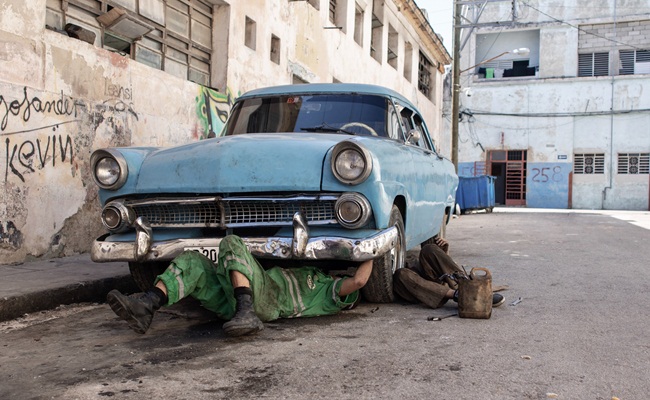Here’s how to spot potential used car issues and ensure it lasts long into the future.
Buying a used car is a great way to save money. After all, new cars lose somewhere between 9% to 11% of their value as soon as you drive them off the lot.
But you still need to do your due diligence anytime you go with a pre-owned car. There’s a lot to look out for to make sure you don’t end up with a lemon.
Some used cars may be well-worn and due for some maintenance work. Others may have been in an accident and had some questionable repair work done.
Though some wear and tear is inevitable, you still want to buy a car that’s been well maintained. And if you ever get into a car accident yourself, be sure to consult a professional auto accident attorney who can help you win compensation to make needed repairs.
But until that time, here’s how to spot potential used car issues and ensure it lasts long into the future:
1. Inspect the exterior
The exterior is the first part of the car you see. So you might as well inspect it first.
Check each panel (including the roof) for scratches, dents, or rust. You also want to make sure the body panels line up evenly and that they all have the same paint color. If a panel’s color is slightly off it could indicate a shoddy repair job.
When it comes to the windows, look out for any cracks or pockmarks. A little crack isn’t necessarily a deal breaker, but if there’s obvious damage, you should at least bring it up to the seller when negotiating a price.
2. Examine the wheels and tires
Next, examine the wheels and tires. Make sure the rims are in good condition and that the hubcaps and lug nuts are all there. If anything is missing or damaged, ask the seller about it.
The same goes for the tires. They should have at least 1/16 inches of tread to be legal. To check the tire tread quickly, insert a quarter with Washington’s head down. If you can see the top of his head, the tire needs to be replaced.
The tires should also have sufficient tire pressure. A flat tire could indicate a leak.
3. Inspect the interior
The inside of the car is just as important as the outside. Sit in all the seats and examine the upholstery. Check for tears and notice any bad smells. A musty, moldy, or mildewy smell could mean there’s a water leak somewhere.
Additionally, take a moment to familiarize yourself with the interior features, including the gearbox option. Ensure that the gearbox operates smoothly, without any unusual noises or difficulties. Familiarizing yourself with the interior features, such as the gearbox option, is crucial for a comprehensive evaluation of the car’s condition.
4. Look under the hood
Lift the hood of the car to make sure everything is in good order. Pay special attention to the engine oil, transmission fluid, coolant, and brake fluid and make sure none are leaking. The car battery shouldn’t be covered in any corrosion either.
5. Go for a test drive
Ask the seller if you can take the car for a test drive. You can leave them with your ID as collateral if they worry you won’t come back.
A test drive will give you a better feel for the car and alert you to any issues you wouldn’t notice otherwise. For example, all the dashboard lights should flash on briefly when you turn the key in the ignition. Then after they turn off, ensure none remain on. For dealerships, selling a car with the engine light on is illegal (and for private sellers, it’s unethical).
Drive at different speeds and on different types of roads to ensure the transmission shifts smoothly. Test the brakes, steering, acceleration, climate controls, and stereo. As you do, listen for any unusual noises or vibrations.
6. Take the car to a mechanic
While you’re out with the car, you should also take it to a trusted mechanic (with the seller’s permission, of course). They’ll be able to give you their professional opinion as to the condition (and value) of the car.
A thorough inspection will cost around $100 to $150, but it’s well worth it. An inspection will uncover any red flags that you might miss otherwise.
7. Look over the vehicle history
Take a deep look at the vehicle’s history. Take note of the mileage and, more importantly, how the vehicle has been used and maintained. Ask the seller for a record of all repairs and maintenance.
A vehicle history report will also provide information on ownership history, previous accidents, and any title problems.
8. Determine a fair purchase price
At this point, determine a fair value for the vehicle. You can use Kelly Blue Book’s used car pricing tool or National Automobile Dealers Association Guides. Get a ballpark estimate so you have something to base your offer on.
The bottom line
Buying a used car will always come with some risk, but you can limit the risk considerably by taking these few simple steps.
Never let anyone rush you into buying a used car. Take your time and only sign on the dotted line when you feel like you’ve done your due diligence and you feel good about it.
















































































































































































